Photographer Spotlight Dana Neibert
We are excited to relaunch Photographers Spotlight and feature the amazingly talented Dana Neibert! Dana is a photographer based in Coronado, California where he resides with his wife and two children. When he’s not creating images he is reliving his youth with his children on skateboards, surfboards, jetskis, tennis courts or soccer fields.
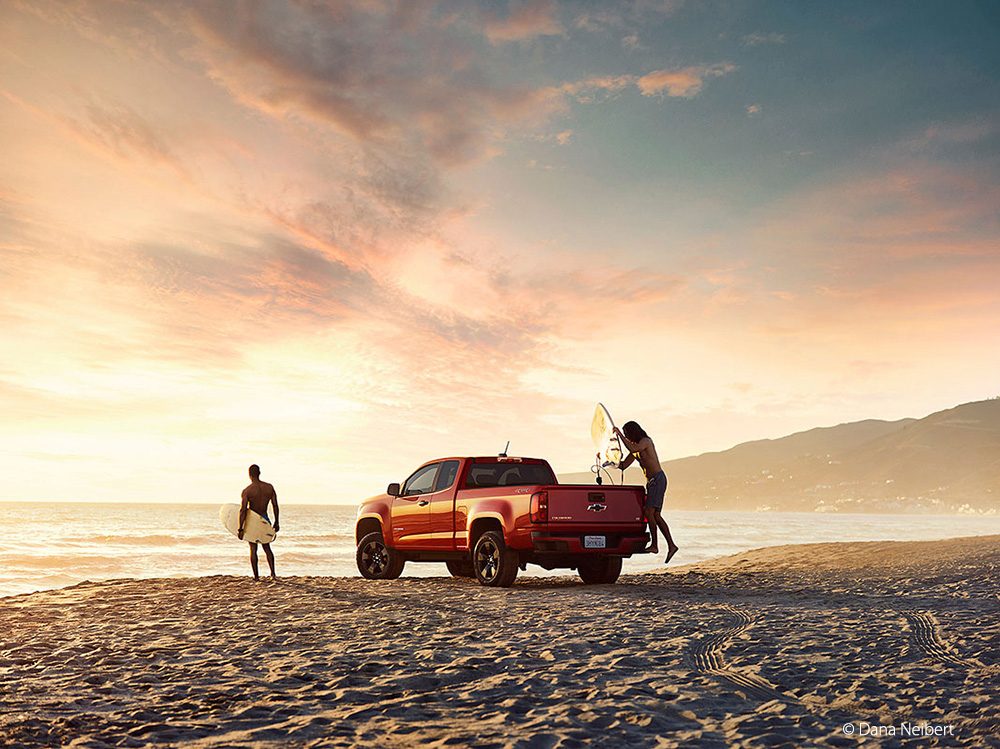
Why Capture Integration? What made you select us as a partner?
The biggest factor with high-end equipment is finding a partner with great support and a great relationship with the manufacturer. Otherwise, it really wouldn’t matter where you get your equipment and the only factor would be finding the best price. With Capture Integration I know that the guys on the other end of the phone have a ton of knowledge on the gear and are not just a salesperson that only knows what’s in the handout literature.
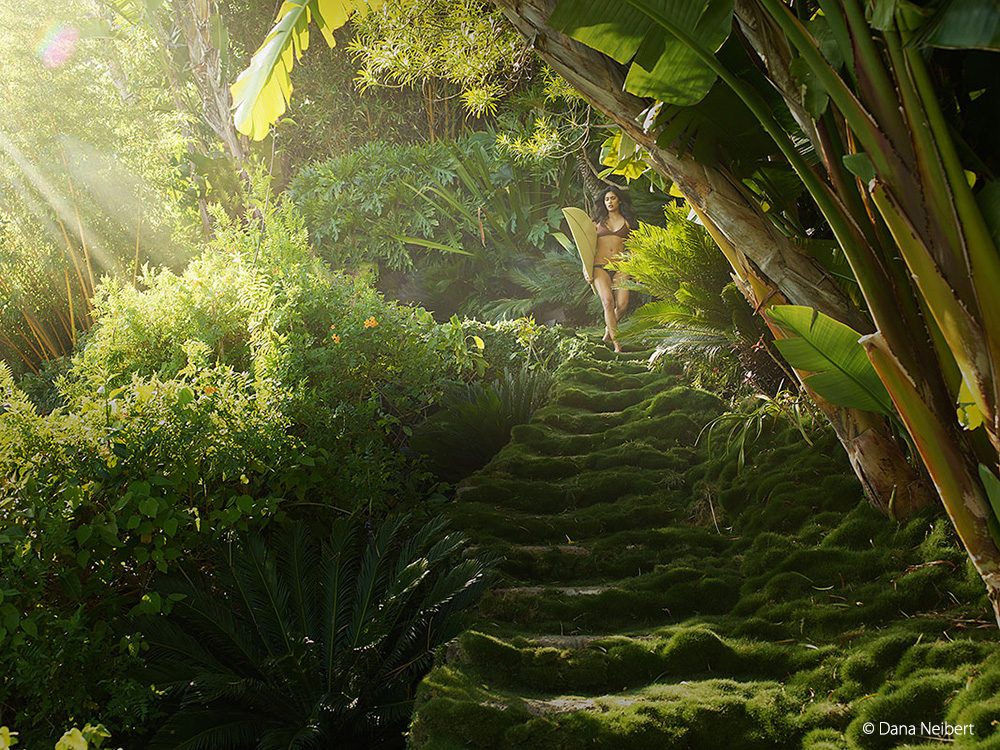
The “blank” space to subject ratio in your photographs play a big part in creating a desired mood. How do you go about deciding your subjects proportion in relation to the overall space?
I don’t have a set mathematical/ratio formula when doing environmental portraits. I look at a scene and decide how much of it is important to telling the story and then from there I find a good proportion for the subject in terms of size. Sometimes it takes moving things around a bit to get the right balance. It’s also usually more beneficial to move the camera instead of searching around with a zoom lens.

Out of the wide variety of lenses you use, which one do you like to work with most?
I love wide cinematic lenses. On the 35mm, my sweet spot is a 35mm lens. It’s just a little wider than “normal”. On the medium format, 50mm is my favorite. I seem to use those focal lengths a lot. But I’m no stranger to super wide and longer lenses. Of course, whatever tool to get the job done is what I’ll use.
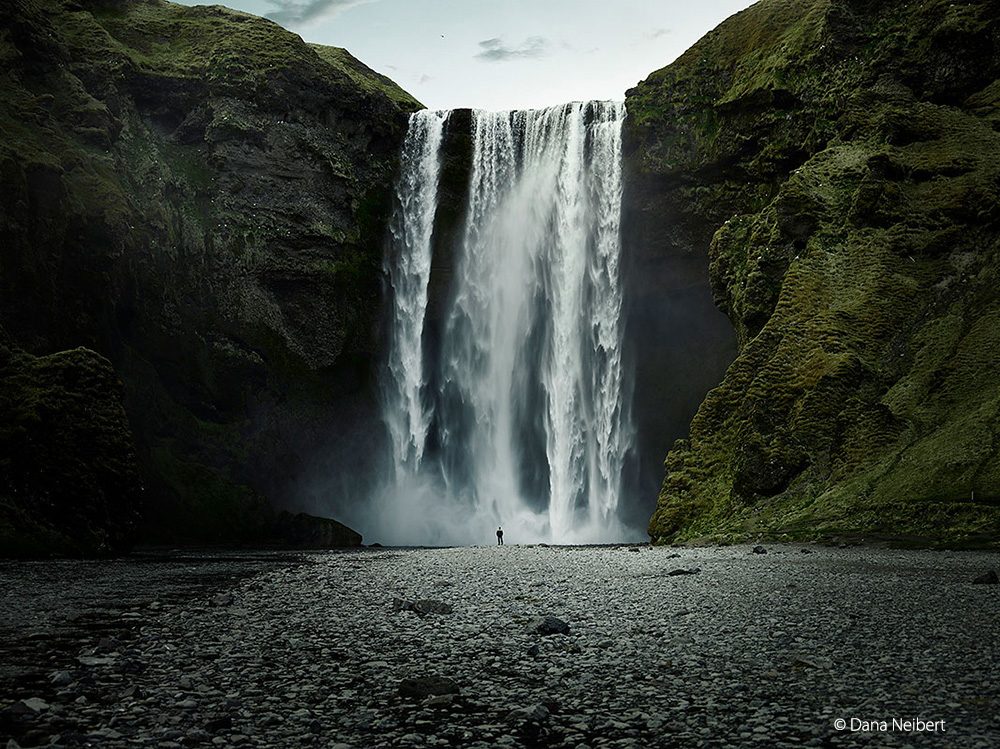
Lighting plays a big part in creating a cohesive storyline. When planning out a shoot what role does lighting play in deciding the overall direction of the shoot?
Lighting is huge. If I could shoot everything with natural light, I would. On my personal work, I almost always use natural light. On the commercial work, we’ll use more artificial light to manipulate a scene to what the art director is envisioning. Many times the sun is not where I want it or not out at all. We always come prepared to make anything work. Just last month we shot in the pouring rain but with strobes on a scissor lift it looks like a beautiful and sunny day.
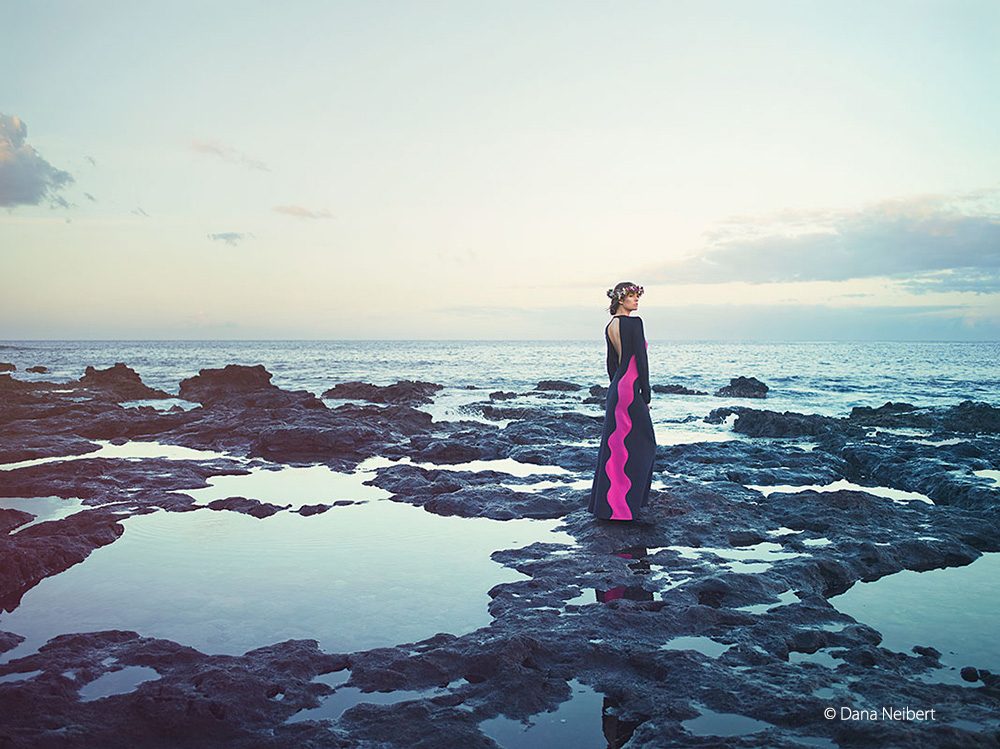
Do inspirations from your commissioned work translate to your personal projects? if so, how?
It’s actually more the other way around. The things I learn and explore while doing my personal work influences my commercial work. And I think this is probably true for many commercial photographers. As you hone your craft, the more refined and defined it becomes. Many times you don’t actually directly copy what you have learned in your personal work, but it certainly influences your future work in some fashion.
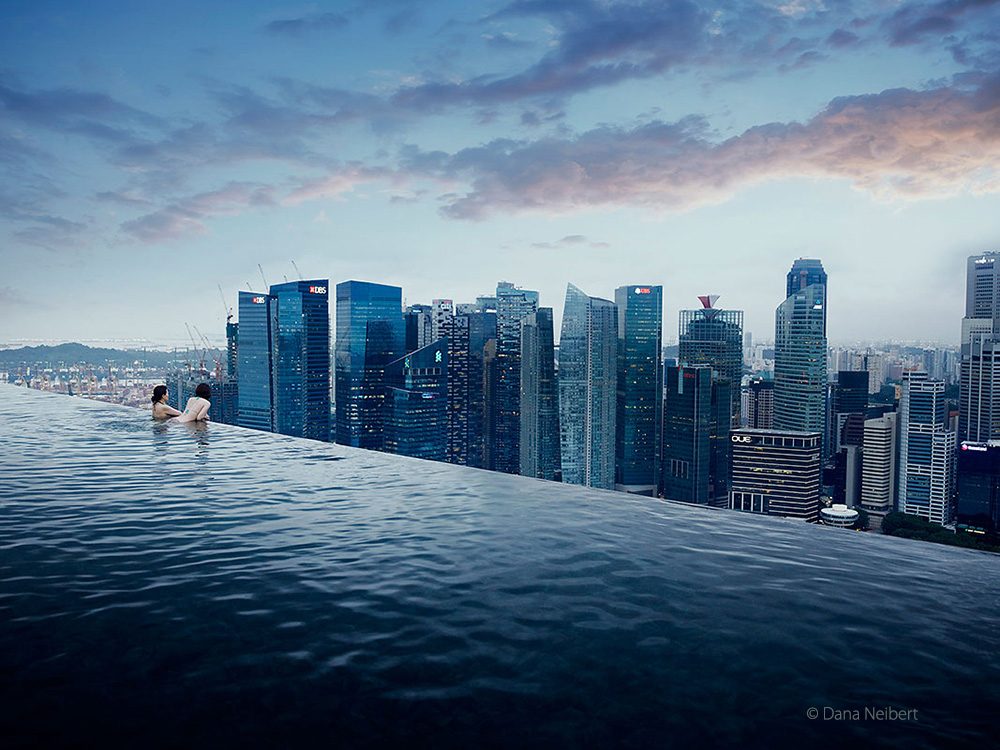
How has your heritage and travels influenced your body of work?
Exploring and finding new things is very important to me. As I travel for either personal or commercial work, I learn about life in general. When I’m not shooting, I’m not reading photo books or magazines constantly. I think life is a greater teacher than what you will learn by staying isolated in your particular industry. There are times where I don’t even pick up a camera for months at a time (not an exaggeration). Wisdom is so important and I think the fastest way to grow it is to experience as much different things as you can.
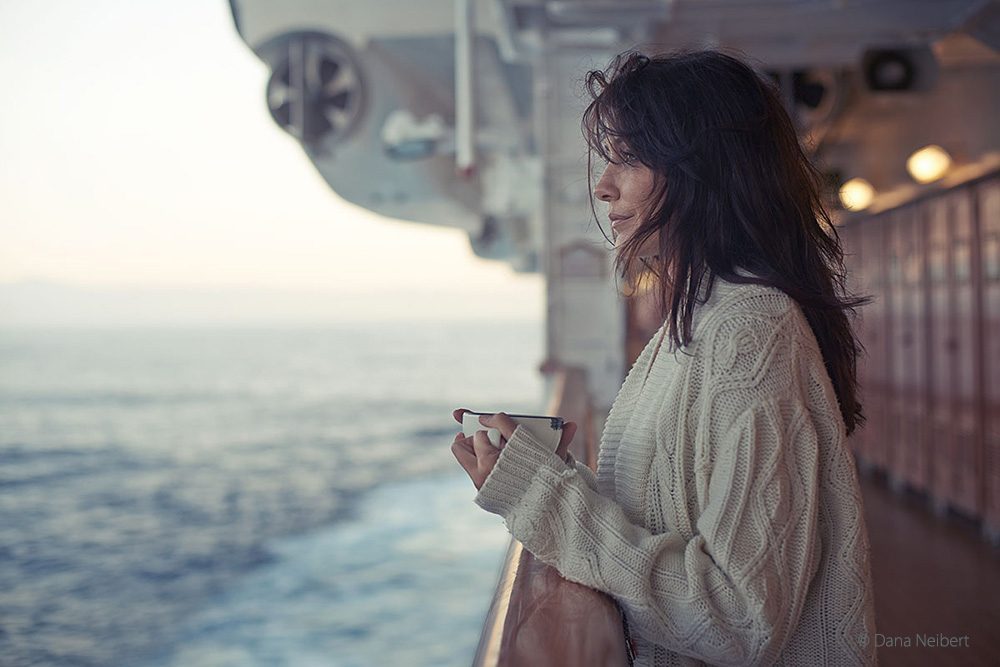
What point of wisdom would you offer those starting out on their photographic careers?
Do what you love. Show people what you love. If you shoot things because you feel like you are supposed to but have no passion for it, you will quickly become bitter and probably not very successful. And that will only be compounded if you show people that work. If you love to shoot blurry and vague figures, do it. Don’t shoot brightly lit, tack sharp and smiling people… because which do you think people will hire you for if you put it in your portfolio? If blurry and vague is you and you have a portfolio with blurry and vague, that’s what people will come to you for and when they do you will love it. If your portfolio is brightly lit smiling people and you hate it, you’ve written your own obituary.
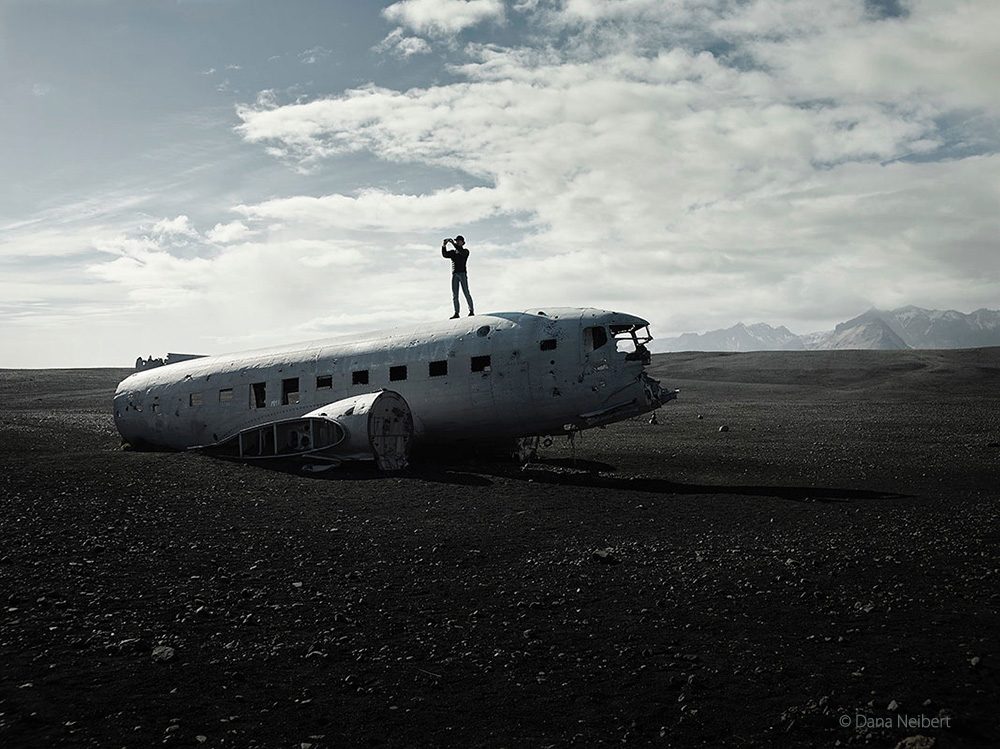
The notion of movement can be seen playing a big role in your work. What added layer of meaning does movement add to your work?
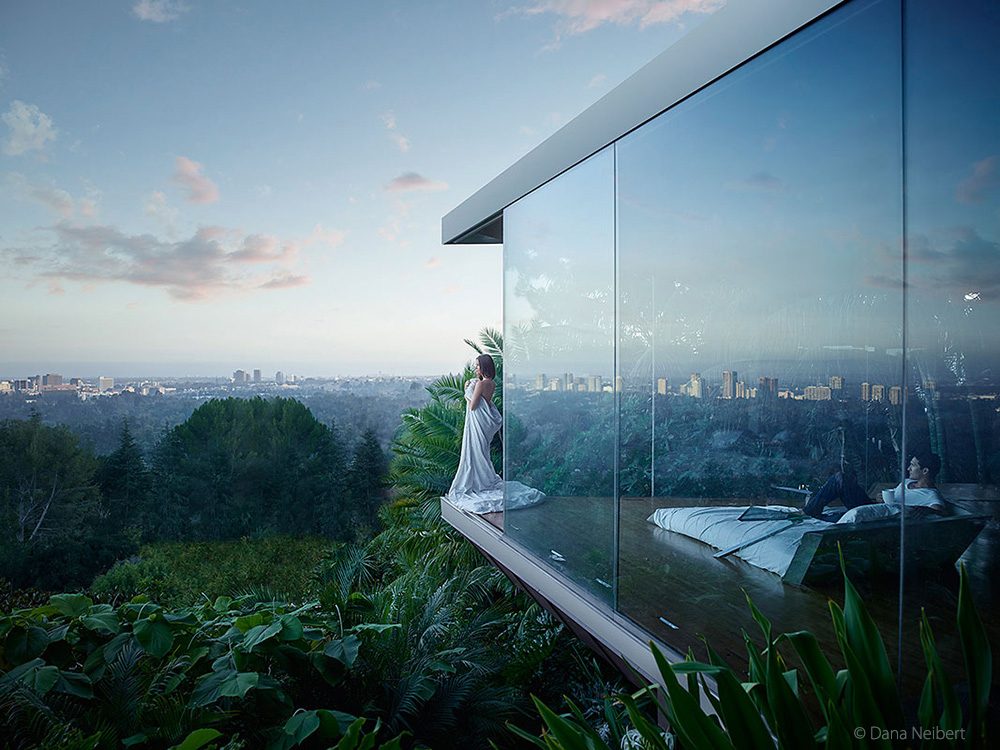
Sometimes telling a story with one frame is difficult. Obviously with motion picture you have 2 seconds or 5 seconds or 30 seconds to tell the same story. So adding motion to a still picture can help tell that story. Sometimes it’s a blurred arm or sometimes it’s perfectly strobe frozen piece of action. A lot of times you don’t know what the right solution is until you experiment and see it.
In which ways do you see your work evolving 5 – 10 years from now?
I don’t really know and I don’t have set notions on where it will go. I have a certain compositional look that has become recognizable and I assume it will continue to evolve and be finessed. I never go out and shoot anything with preconceived notions on how it will look. When I show up to a scene, I instinctually will capture it they way I feel is the best. That doesn’t mean there is no other way to do it and my solution was right. As my craft evolves, I’m sure the same scene captured by me today would be done differently in ten years.
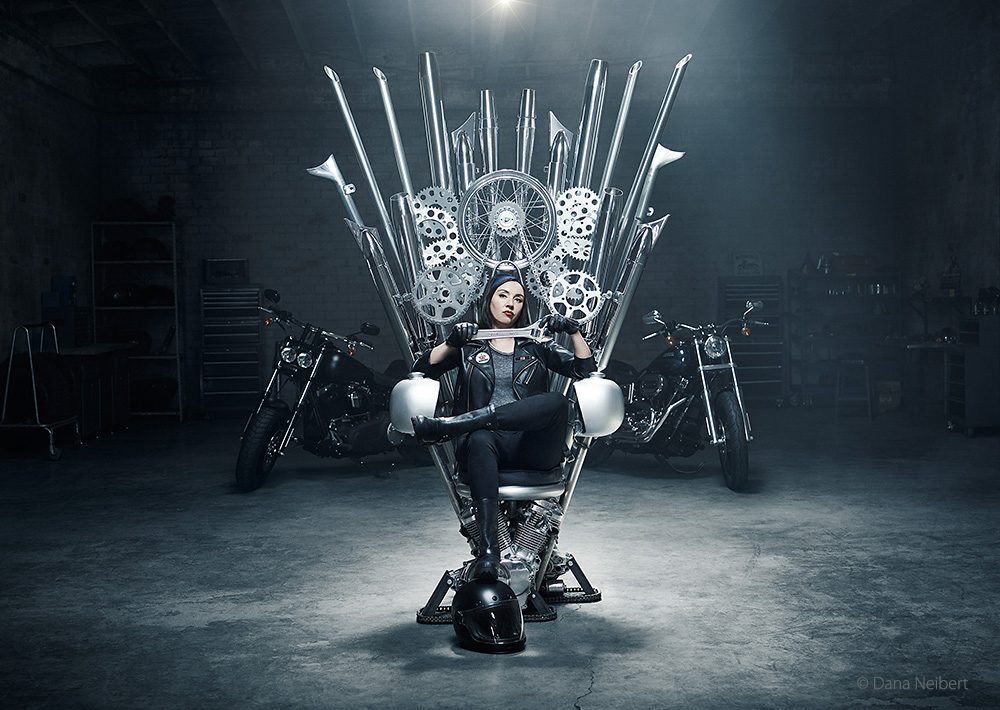
Connect with Dana:
Twitter: https://twitter.com/dananeibert
Instagram: https://www.instagram.com/dananeibert/



